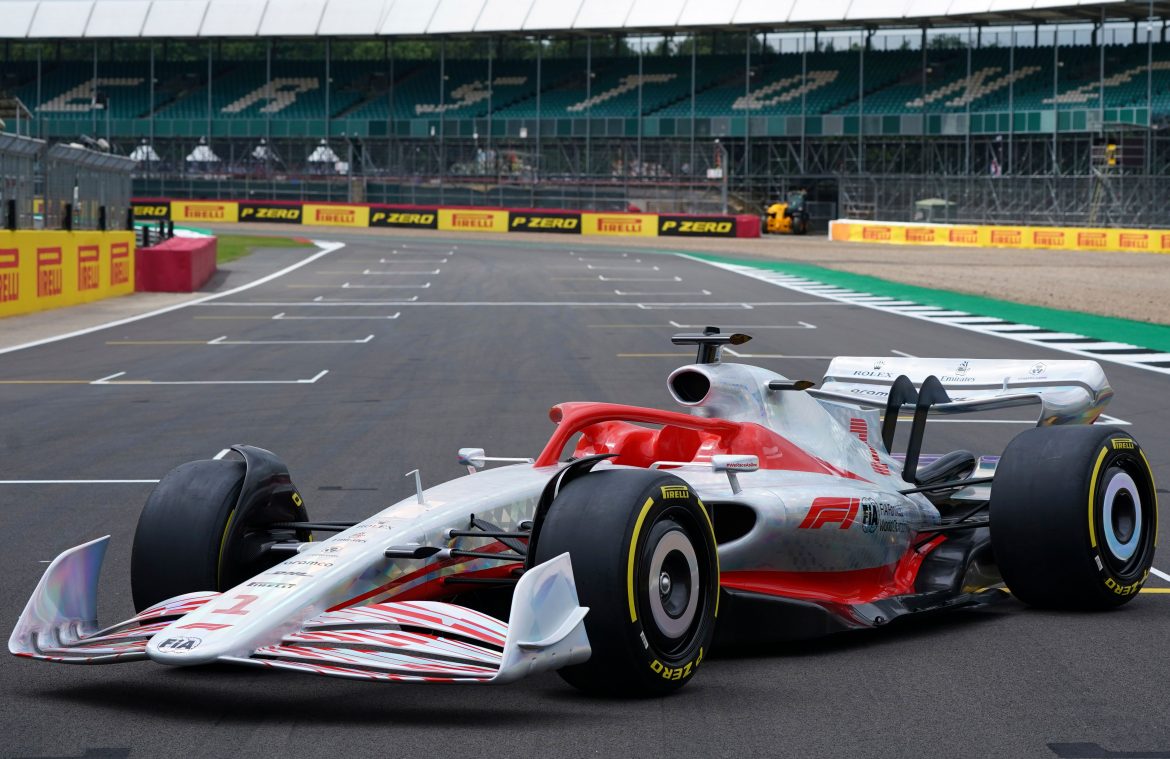The first race of the 2022 Formula One season is just a few days away from starting in Bahrain.
After two pre-season testing weekends, it is looking like the new rule changes are going to make a big impact on the season. This should come as no surprise as the rule changes are the most extensive in F1’s history, featuring a brand-new take on the car itself.
The car
The 2022 car is completely revamped under the new regulations. The aim F1 had with the new regulation was to increase the competitiveness of the sport by making it easier for cars to follow and overtake. Here are some of the new features the cars have this year:
18-inch tyres and winglets
The cars are going from 13-inch tyres to much larger 18-inch tyres. The increase in size will force the teams to focus on their suspension as the tyre will no longer be taking most of the impact from the bumps and curves on the track.
The old tyres had a larger sidewall that had more flexibility to adjust on the track which while taking a burden off the suspension, it caused the tires to become depleted much quicker than previous iterations of the tyres.
The front tyres also have winglets over them making it the first tyre covering in years. The winglets are there to better control tyre wake. Being able to control the tyre wake means there will be less “dirty air”, the disrupted airflow that comes off the back of the cars that negatively affects the downforce of trailing cars.
New front and back wings
The new cars will feature a simplified front and back wing design that help the FIA’s goal for more competitive racing.
The front wing has removed the Y-250 vortex design that created vortices for increased downforce. The vortices created by the old design also created more dirty air making it harder for cars to follow behind. Now the front wing design is intended to pass air into the tunnels under the floor of the car.
The back wing has also changed to remove the air vortices the previous iteration created. The new back wing design will flow air upwards creating a greater slipstream pocket behind the car and again decreasing the dirty air coming off the car.
Ground effect tunnels
Under the new regulations, cars are required to have two tunnels under the car. This is the first time ground effects have been seen in F1 since they were banned in the late 80s. Last year’s car required the floor to be completely flat and relied on over-body effects to create downforce like the bargeboards on the side of the old cars.
Most of the over-body downforce-inducing effects of the 2021 cars have been banned completely this season.
Sidepods
The bargeboards on the old car have been banned and replaced with two sidepods. The sidepods are meant to cool the different parts inside the car and to transfer airflow around the car and to the back wing and rear diffusers.
This part of the car has been up to interpretation for each of the teams. There have been many designs from Mercedes’ “vanishing” sidepods to Aston Martin’s big sidepods that feature gill vents.
Engine Freeze
One of the biggest changes this year is that this year’s engine is “frozen”, meaning the teams cannot change anything about their engines from this year until 2025.
The engines the teams create this year will be their engine until 2025. The idea behind this is for the teams to work on a new and more efficient engine for the 2025 season without the distraction of working on their current engine.
Other important regulations
The cars themselves are not the only part of the sport that is changing with the new rules.
There are a few other notable regulatory changes that will have a significant impact on the 2022 season.
Tighter aerodynamic testing restrictions
This regulation came into effect last year for the creation of the 2022 car. This rule restricts the number of time teams can spend on aerodynamic testing depending on how they are placed in the season.
The teams that placed the worst received the most amount of aero testing time while the ones who placed the best received less time. This was intended to give more time for teams lower down the grid to improve their car to level out the playing field.
Budget Cap
There is now a universal budget that each team must abide by. The cap is set at about 107 million pounds.
This rule was implemented because the bigger teams on the grid spent more money on their car and therefore were able to build better cars than teams that had fewer resources. The introduction of the budget cap narrows the spending window between the teams.





